How Birds Navigate The World Without Maps: Nature’s Living Compasses Explained

Ever wonder how tiny birds travel thousands of miles without getting lost? While humans rely on GPS and maps, our feathered friends navigate using incredible built-in abilities. Birds have developed amazing natural navigation systems over millions of years of evolution.
These remarkable navigation skills help them find food, return to nesting grounds, and complete epic migrations across continents and oceans.
1. Magnetic Marvel: Tiny Compass Cells

Tucked inside birds’ beaks and eyes are special cells containing magnetite – tiny iron crystals that align with Earth’s magnetic field. Like having a built-in compass needle!
These microscopic magnets help birds sense which way is north or south. Scientists discovered this by placing birds in artificial magnetic fields and watching their behavior change dramatically.
2. Sunlight Navigators

Sunny day? No problem for our feathered pilots! Birds track the sun’s position throughout the day, automatically adjusting for its movement across the sky.
Their internal clock helps compensate for the sun’s changing position. Even more impressive, young birds are born with this ability hardwired into their brains – no navigation lessons needed!
3. Stargazing Experts

Under twinkling night skies, migrating birds transform into celestial navigators. They memorize star patterns just like ancient human sailors!
Studies show indigo buntings learn star positions during their first summer. They focus on stars near the North Star that appear to rotate slowly, providing reliable directional cues throughout the night.
4. Landmark Memory Champions
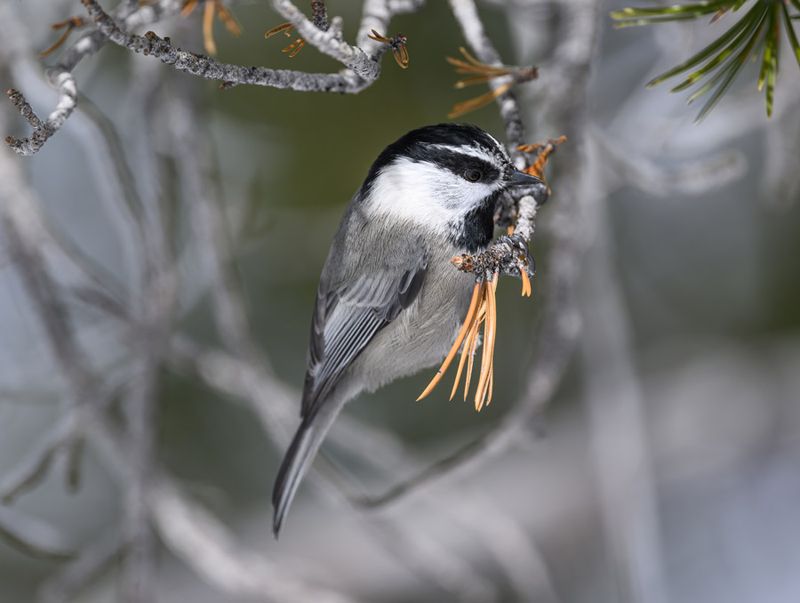
Mountains, rivers, coastlines – birds create mental maps of striking landscape features. A hummingbird can remember every flower in its territory!
This visual memory is particularly strong in food-caching species like Clark’s nutcrackers. These remarkable birds can remember thousands of seed storage locations scattered across miles of forest for up to nine months.
5. Smell Their Way Home

The ocean smells different depending where you are – and seabirds know it! Many species create “smell maps” of their environment.
Researchers found that some seabirds, when released hundreds of miles from their nests with their sense of smell blocked, became completely lost. With their smell intact, they flew straight home across featureless ocean!
6. Infrasound Detectors

Rumbling mountain ranges and crashing ocean waves create low-frequency sounds humans can’t hear. Birds pick up these infrasound vibrations from hundreds of miles away!
These sounds travel enormous distances, creating acoustic landmarks. Pigeons can detect infrasounds as low as 0.05 Hz – far below our hearing range – giving them additional navigational cues during long journeys.
7. Polarized Light Perception
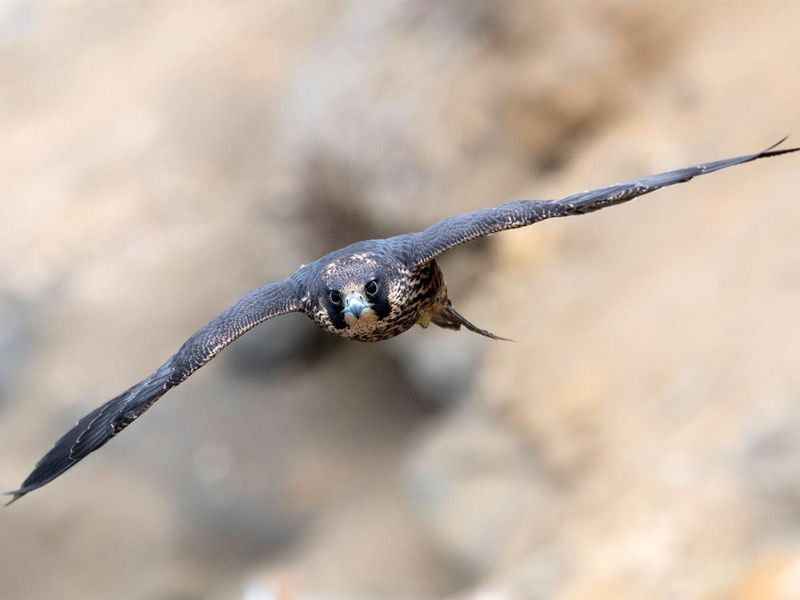
Sunlight becomes polarized when scattered by air molecules, creating patterns invisible to humans but crystal clear to birds. This special vision works even on cloudy days!
Birds’ eyes contain special proteins that detect polarized light patterns in the sky. This gives them directional information when the sun itself isn’t visible, like during dawn, dusk, or overcast conditions.
8. Earth’s Magnetic Map Sense
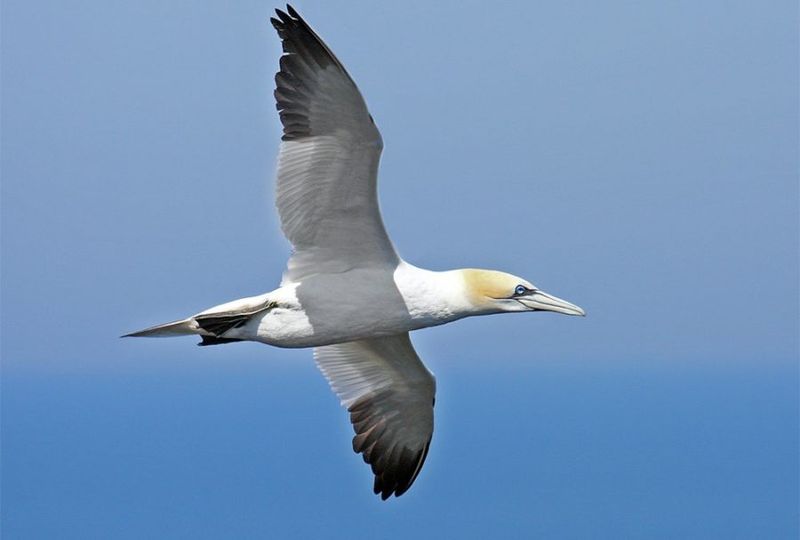
Beyond compass direction, birds can sense their latitude and longitude using Earth’s magnetic field strength! Different locations have unique magnetic signatures.
This map sense works like GPS coordinates. When scientists artificially altered the magnetic field around migrating birds, they adjusted their flight paths as if they believed they were in completely different locations on Earth.
9. Quantum Compass In Their Eyes

Stranger than science fiction! Birds may use quantum mechanics to see magnetic fields directly through their eyes.
Special proteins called cryptochromes in their retinas create pairs of quantum-entangled electrons affected by magnetic fields. This creates a literal visual overlay of magnetic information on everything birds see – like having magnetic field goggles!
10. Weather Forecasting Abilities
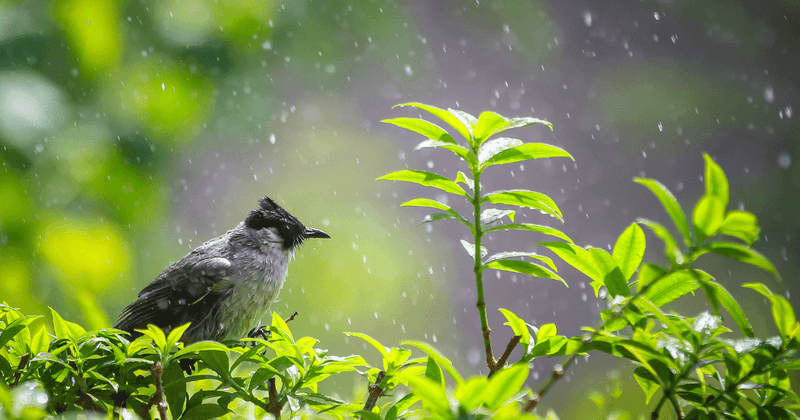
Dropping barometric pressure signals storms approaching. Birds detect these subtle atmospheric changes, adjusting migration timing to avoid dangerous weather.
Studies show birds will feed frantically before pressure drops, then shelter during storms. Some species can even detect approaching storms hundreds of miles away, giving them time to adjust their travel plans accordingly.
11. Navigation Teamwork
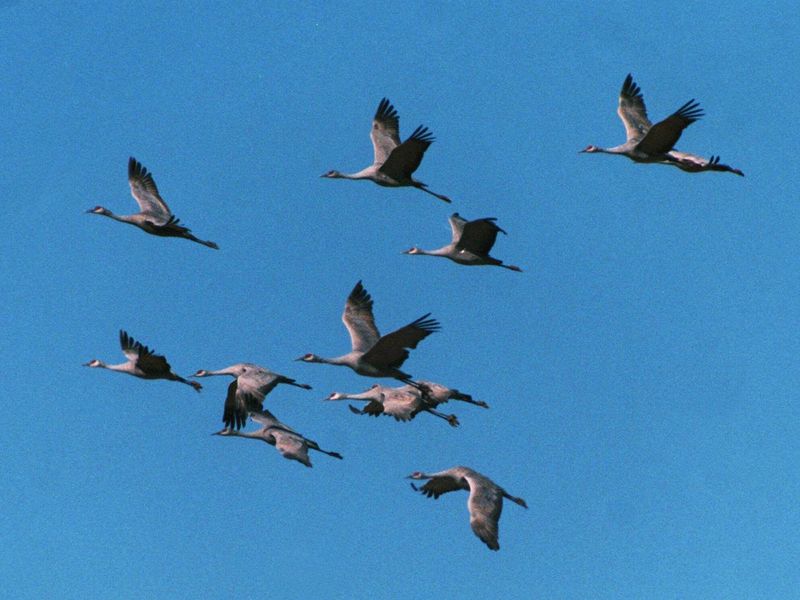
Flying in V-formations isn’t just energy-efficient – it’s navigation brilliance! Experienced birds lead while younger ones learn routes from the flock.
When veteran navigators are removed from flocks, migration accuracy decreases significantly. Some species like pigeons actually navigate better in groups than alone, pooling their sensory information for improved directional decisions.






